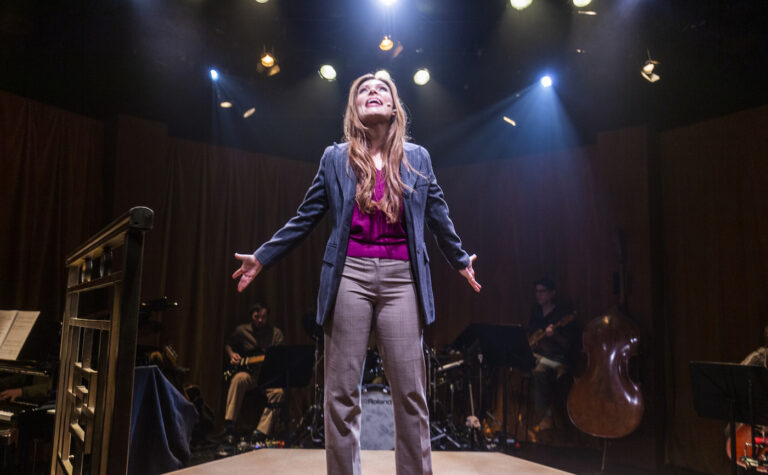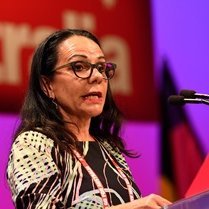
Federal crackdown on fake Indigenous art to protect generations of tradition

Image: Report finds only one in three purchases of First Nations art is authentic. Photo: Flickr.
By CHRISTINE LAI
First Nations arts and crafts range from bark paintings, hand-carved marks, sculptures, sand paintings and ceremonial clothing, which follow a long line of tradition that is culturally symbolic to Indigenous peoples.
The industry has seen a boom of spending, with total sales of Aboriginal and Torres Strait Islander visual arts and crafts producing upwards of $250 million during the 2019-20 annual year, including almost $47 million in artwork sales and at least $83 million in merchandise and souvenirs.
However, a damning report by the Productivity Commission found that inauthentic products accounted for more than half of spending on Aboriginal and Torres Strait Islander souvenirs.

The report stated that there is a pervasive problem in Indigenous-style consumer products created and sold by non-Indigenous people which “disrespect and misrepresent culture and, by misleading consumers and denting confidence in the market, they deprive Aboriginal and Torres Strait Islander artists of income.”
The prevalence of fake Indigenous art and commercial knockoffs have undermined the arts sector and the culture of Aboriginal and Torres Strait Islander people, leaving non-Indigenous sellers able to capitalise on traditional creations and have forced Indigenous people out of business.
Australia’s Productivity Commission also found that only around one in three items sold were produced by an Indigenous artist or business.
The report recommends mandatory labelling of inauthentic products, placing the onus on non-Indigenous producers and ensuring consumer awareness to allow them to make the distinction between authentic and fake products.
Linda Burney advocates for policy to protect First Nations art
Indigenous Australians Minister Linda Burney spoke about the findings, stating that they would inform future policy.
“Art allows Aboriginal and Torres Strait Islander peoples to share stories, connect to Country, strengthen cultures and communities and to access a range of employment and economic opportunities,” she said.
Burney also emphasised the role of the government in its commitment to working with Aboriginal and Torres Strait Islander peoples to strengthen the production and selling of ethically produced Indigenous art.










